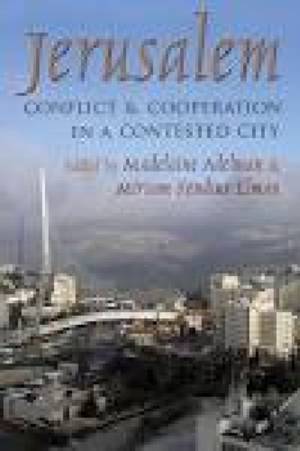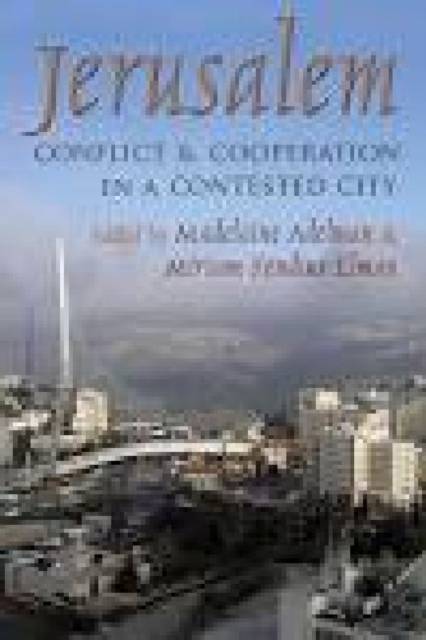
- Afhalen na 1 uur in een winkel met voorraad
- Gratis thuislevering in België vanaf € 30
- Ruim aanbod met 7 miljoen producten
- Afhalen na 1 uur in een winkel met voorraad
- Gratis thuislevering in België vanaf € 30
- Ruim aanbod met 7 miljoen producten
Zoeken
Jerusalem
Conflict and Cooperation in a Contested City
€ 60,95
+ 121 punten
Omschrijving
Jerusalem is one of the most contested urban spaces in the world. It is a multicultural city, but one that is unlike other multi-ethnic cities such as London, Toronto, Paris, or New York. This book brings together scholars from across the social sciences and the humanities to consider how different disciplinary theories and methods contribute to the study of conflict and cooperation in modern Jerusalem. Several essays in the book center on political decision making; others focus on local and social issues. While Jerusalem's centrality to the Israeli Palestinian conflict is explored, the chapters also cover issues that are unevenly explored in recent studies of the city. These include Jerusalem's diverse communities of secular and orthodox Jewry and Christian Palestinians; religious and political tourism and the "heritage managers" of Jerusalem; the Israeli and Palestinian LGBT community and its experiences in Jerusalem; and visual and textual perspectives on Jerusalem, particularly in architecture and poetry. Adelman and Elman argue that Jerusalem is not solely a place of contention and violence, and that it should be seen as a physical and demographic reality that must function for all its communities.
Specificaties
Betrokkenen
- Uitgeverij:
Inhoud
- Aantal bladzijden:
- 384
- Taal:
- Engels
- Reeks:
Eigenschappen
- Productcode (EAN):
- 9780815633396
- Verschijningsdatum:
- 12/06/2014
- Uitvoering:
- Hardcover
- Formaat:
- Genaaid
- Afmetingen:
- 160 mm x 239 mm
- Gewicht:
- 666 g

Alleen bij Standaard Boekhandel
+ 121 punten op je klantenkaart van Standaard Boekhandel
Beoordelingen
We publiceren alleen reviews die voldoen aan de voorwaarden voor reviews. Bekijk onze voorwaarden voor reviews.







